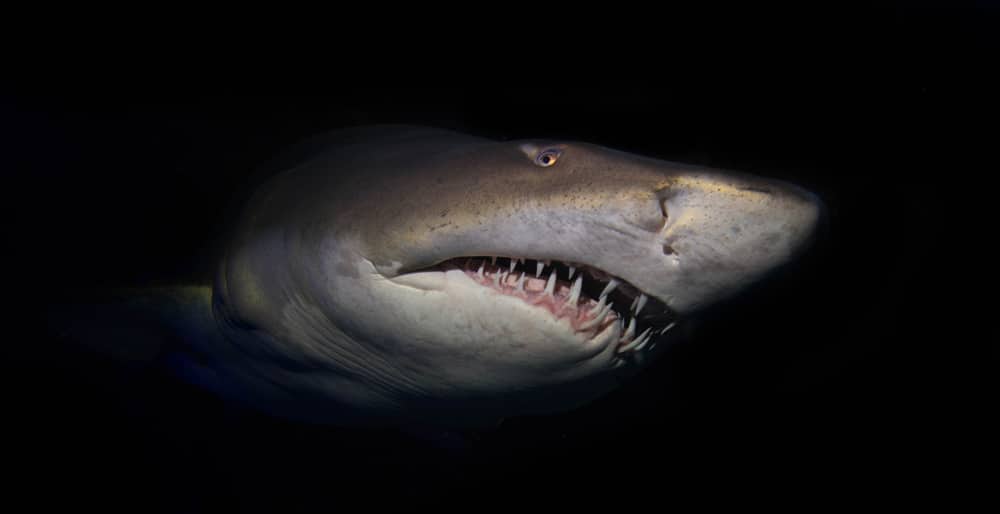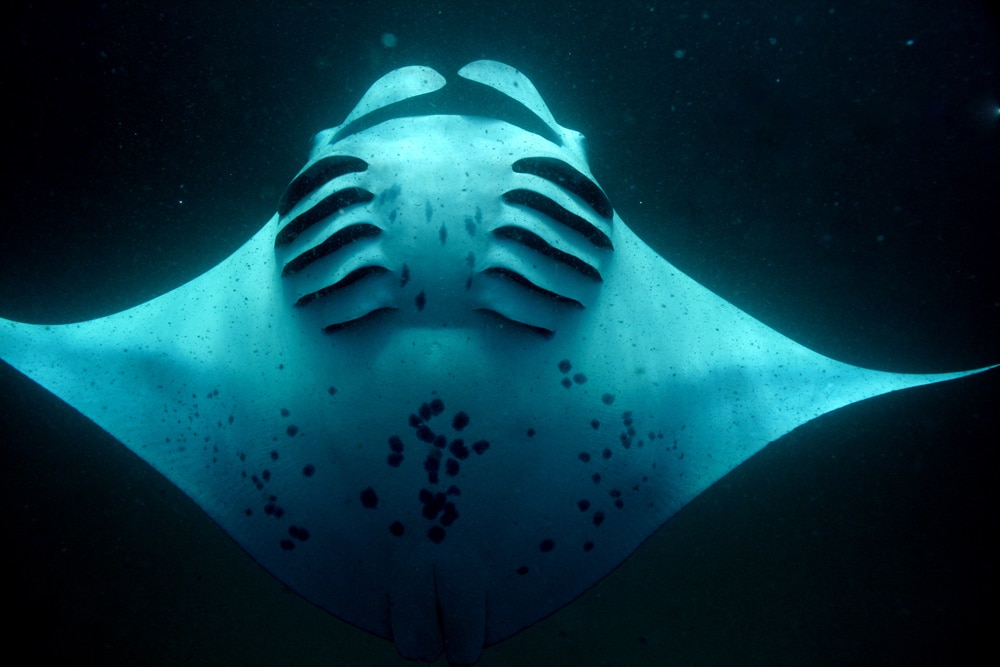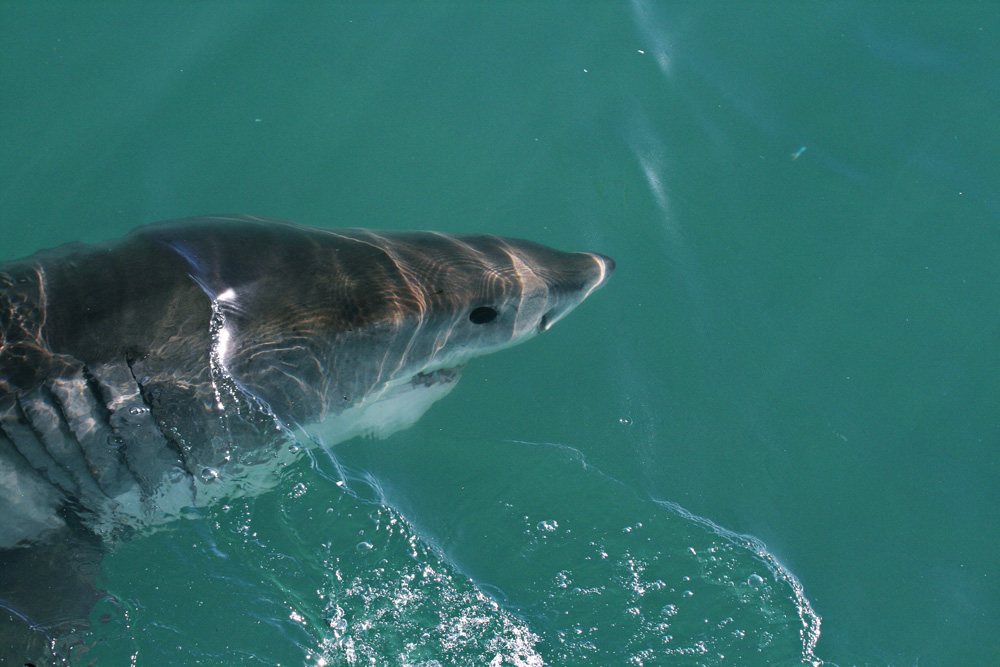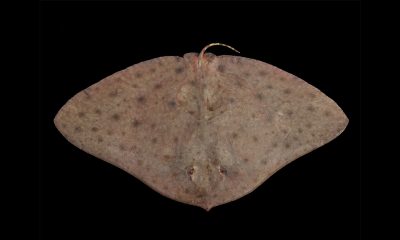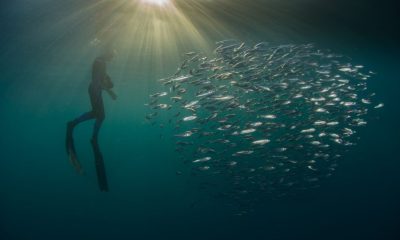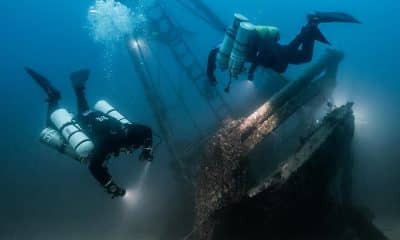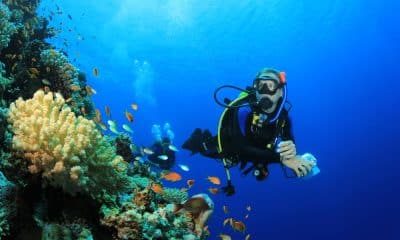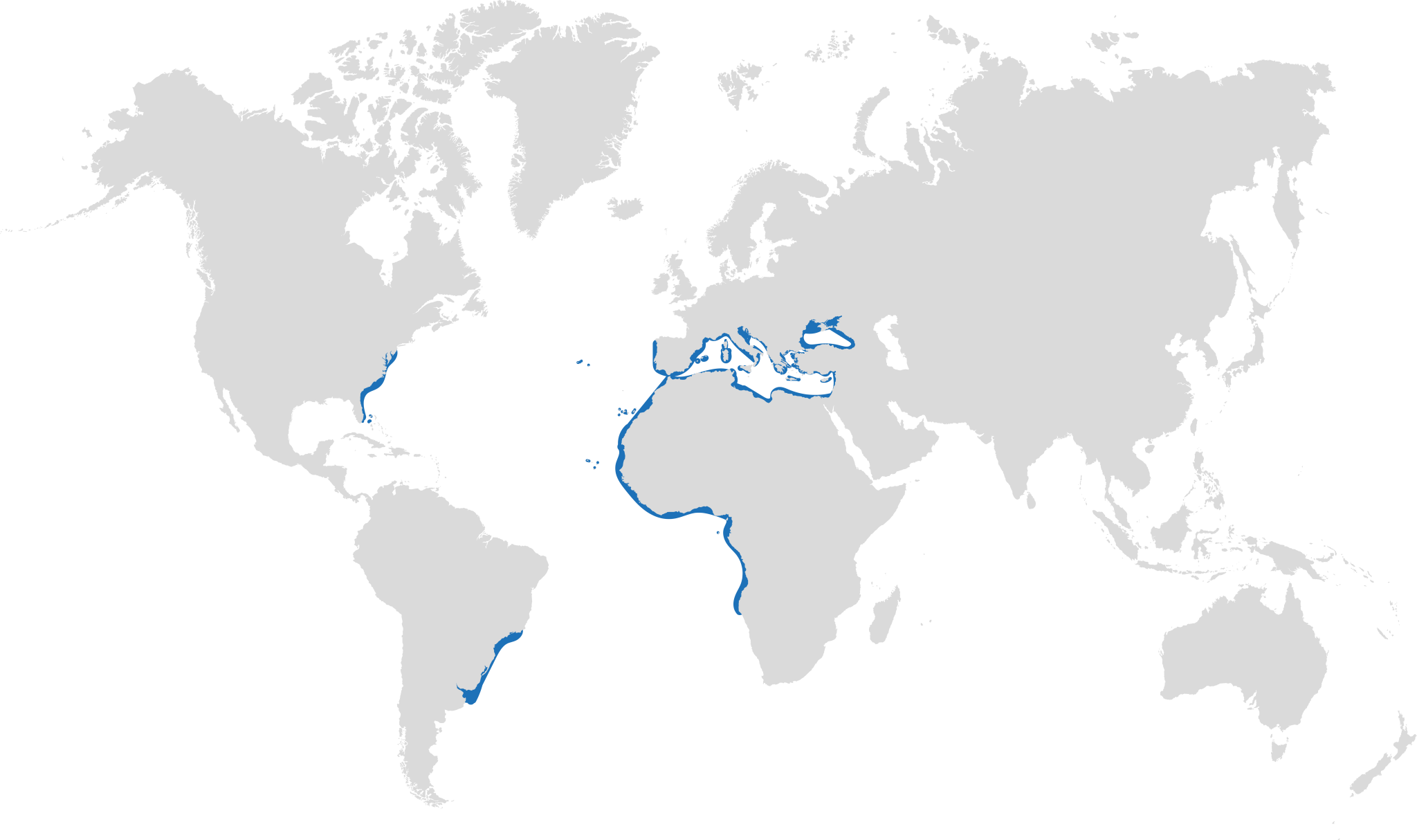Marine Life & Conservation Blogs
Sharks: The Oceans Greatest Mystery – Part 1
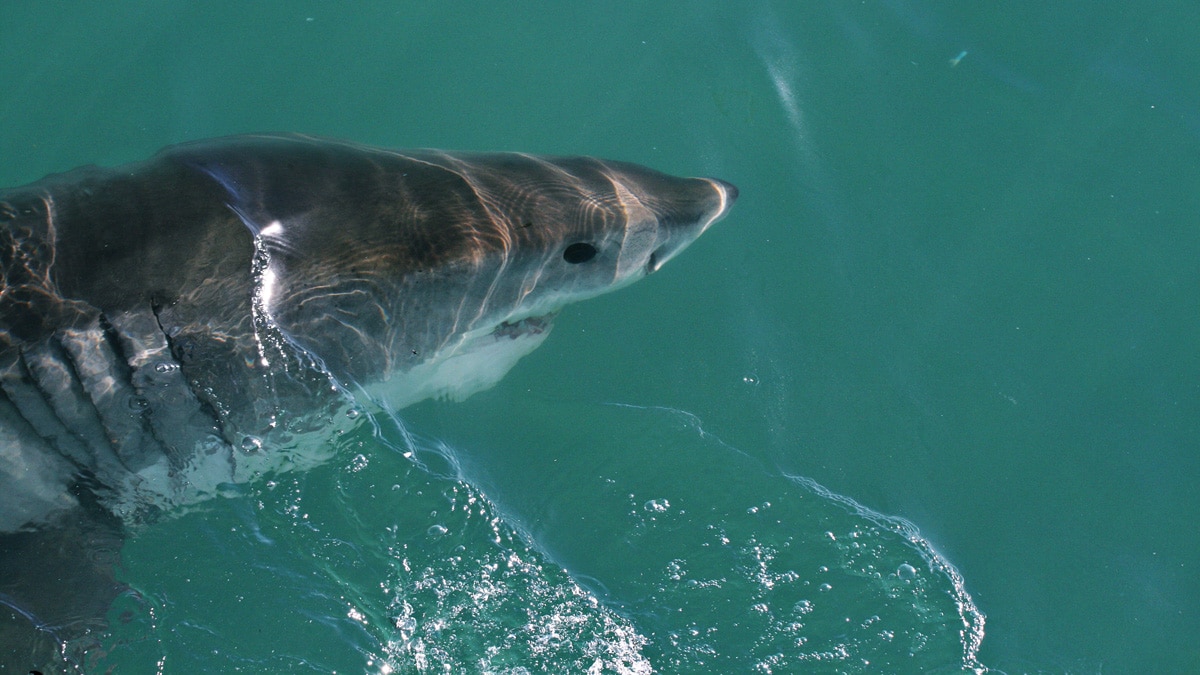
The word ‘Shark’ can instill a mixture of emotions in the human psyche, they are referenced in human cultures throughout the world, and stories of Sharks were commonplace on the decks of Ships for millennia. They have been represented in myth as both powerful guardians and vicious villains, in the 16th Century sailors and whalers of the time referred to sharks as “Sea Dogs” and are referenced in the Bible as being manifestations of the devil, even the word Shark is translated from the German word Schurke which means “scoundrel”. However, in French Polynesian and Hawaiian cultures they are revered as powerful gods and guardians who watch over fisherman and their families.
With such huge differences in how we view them, it is no wonder how inaccurately Sharks are portrayed in modern day media, therefore throughout this three-part blog series I am hoping to help you to better understand what a Shark truly is, and I will be covering subjects such as: What is a Shark? What we know and what we do not know about them, what is threatening them, and how we can be better ambassadors to Sharks worldwide.
What is a Shark?
In this first blog I want to give you a better idea as to what a Shark is and how they have become our oceans top predator. What a lot of people think of when they first imagine a shark is that they have sharp teeth and tend to always have ominous music following wherever they go, however there is much more to these animals than their teeth. Recent discoveries have shown that the Greenland Shark can live to be up to 500 years old, and the Bonnethead Shark is the first known Omnivorous Shark where up to 60% of its diet consists of Sea Grass. These are just two of many recent exciting discoveries, and scientists predict that we are about to enter the golden age of Shark discovery!
Sharks are a part of the fish family, although they are part of a distinct group that separated from Bony fish around 306 million years ago. Early relatives of Sharks have existed on our planet for as far back as 400 Million Years, they have been around longer than Humans, Dinosaurs and even trees. Throughout time sharks have taken many shapes, sizes and forms, but all have one thing in common, the makeup of their skeleton. The skeletons of Sharks and their relatives (Rays & Ratfish) all have a skeleton made of cartilage which is the same substance as your ears and nose, this allows them more flexibility in their movements and gives them an edge over their prey by allowing faster turns and giving them access to tight spaces and crevices.
Sharks, like other fish, also have Hyostylic jaws which means that the upper jaw isn’t connected to the skull, this allows more movement and flexibility in their strike when hunting. Sharks are also accompanied by two additional senses compared to humans, they have a lateral line which allows them to detect movements over 100 metres away and can detect frequencies as low as 25 Hertz, they also have their Electroreceptors which can pick up minute amounts of electricity given off by their prey’s muscles, such as the heart, and Sharks use this to help find prey buried in the sand, or to help pick off individual fish in the dark.
When it comes to sharks and what they eat, the best way to sum it up would be to imagine that for every animal in our Earth’s Oceans, there will be Shark that is designed and capable of eating it. This means that Sharks have become an incredibly diverse group, and as it stands there are over 500 species of Sharks, which range from the 14-Metre-long Whale Shark, all the way down to the Dwarf Lantern Shark, which is the smallest known shark species and it can fit into the palm of your hand. In between these we have large species such as White Sharks that breach from the water whilst trying to capture Seals, and smaller species such as the Dark Shy Shark that curls into a doughnut and covers its eyes with its tail when it is startled.
Another interesting point about Sharks is that they have come up with many different ways of tackling prey and have specially adapted teeth that match their diet, Sharks that have very needle like teeth such as the Sand Tiger Shark or Mako feed mainly on fish or other slippery prey, if the teeth are large and triangular like those of the White Shark or Tiger, then they prey on larger animals such as marine mammals, and if the teeth are flat like that of Nurse Sharks or Port Jacksons it generally means they feed on hard shelled and tough animals such as Shellfish and Snails. Teeth are not the only adaptation Sharks have evolved to use to their benefit, their differences in body shape or design can also indicate to us the hunting techniques they use, a good example of this would be the Hammerhead Sharks, which use their unique shaped heads to pin their prey against the seabed.
Sharks are often thought of as cold blooded, however this isn’t true for all species, some Sharks, such as White Sharks and Makos, are able to warm their bodies a few degrees warmer than the water, Scientists have predicted this is caused by the movement of the muscles generating heat. This heat has most notably been found around the eyes and brain; this may be an adaptation to help their eyes and brain react faster whilst tracking prey during high-speed chases.
Are Sharks Maneaters?
Sharks have been negatively portrayed in the media for as long as we’ve been swimming in our oceans and it is only recently that we’re starting to discover the positive impacts of Sharks and just how important they are to our Oceans and our Planet. Sharks have been represented as maneaters, but in fact sharks are only accountable for an exceedingly small number of incidents relating to a Shark bite, Sharks are in fact more likely to avoid human interaction and encounters with wild Sharks are a lot rarer than you would once think. To put things into perspective you’re more likely to be killed by a falling coconut or vending machine than you are to be bitten by a shark.
Even the age-old myth that Sharks are attracted to Human Blood has been proven to be false, after it was recorded that Human Blood and other bodily fluids have no effect on a shark’s behaviour or heart rhythm, this is due to our blood having a higher iron content than that of their regular prey. Even the way we look and move doesn’t resemble the prey of Shark. But the question people always ask is why do Sharks bite if they do not view us a food item? This is due to Sharks curious nature, Sharks have to be curious to discover what is and isn’t edible and, in our case, when Sharks bite it tends to be very quick lasting mere seconds before it lets go of us and swims away this is due to the animal realising that we aren’t a part of its regular diet and releases us.
If you want proof that Sharks aren’t what media would have you believe just look for any image with a Sharks and Diver, Snorkeler, or Swimmer if the media or movies have any ounce of truth then these people would’ve been killed a long time ago but these images solidify how wrong we’ve been looking at Sharks throughout the years.
So that’s it, an introduction to the Oceans Greatest Mystery, I hope that you have a greater understanding into what a Shark actually is and to how fascinating this amazing group of animals are but stay tuned for the next entry in this series where we dive deeper into the strange world of Sharks and discuss what we do and don’t know about them.
Follow Donovan on Instagram at www.instagram.com/donovans_reefs
Marine Life & Conservation Blogs
Creature Feature: Butterfly Rays

 In this series, the Shark Trust will be sharing amazing facts about different species of sharks and what you can do to help protect them.
In this series, the Shark Trust will be sharing amazing facts about different species of sharks and what you can do to help protect them.
As we’re currently in butterfly season, this month we decided to concentrate on the Butterfly Rays!
Within the family Gymnuridae, there are two genera and 12 species of Butterfly Ray. These species are morphologically different to lots of other rays because of the width of the disc and pectoral fins – in contrast to many other species of Butterfly Ray, their bodies are much wider than they are long, especially considering their very short tail. This gives them the appearance of gliding or flying across the sand.
Gymnura altavela – Spiny Butterfly Ray
Gymnura australis – Australian Butterfly Ray
Gymnura crebripunctata – Longsnout Butterfly Ray
Gymnura japonica – Japanese Butterfly Ray
Gymnura lessae – Lessa’s Butterfly Ray
Gymnura marmorata – California Butterfly Ray
Gymnura micrura – Smooth Butterfly Ray
Gymnura natalensis – Backwater Butterfly Ray
Gymnura peocilura – Longtail Butterfly Ray
Gymnura sereti – Seret’s Butterfly Ray
Gymnura tentaculata – Tentacled Butterfly Ray
Gymnura zonura – Zonetail Butterfly Ray
Today we’re taking a look at Gymnura altavela, the Spiny Butterfly Ray. Like all Butterfly Rays, the Spiny Butterfly Ray is a demersal species, meaning it spends the majority of its time on the bottom of the seabed. Butterfly Rays are known for their burying behaviour in the sand, a technique they use to camouflage themselves when they are resting during the day. This protects them from predators, in some areas larger sharks. It also aids them in their ambush hunting technique – by hiding themselves under the sand they are able to easily snatch up their dinner – usually crustaceans, molluscs or other small fish – as they swim by unawares. This behaviour can leave tell-tale butterfly-ray shaped imprints in the bottom of the seabed.
Spiny Butterfly Rays can grow up to 260 cm (disc width (wingspan)), although average is around 200 cm. They give birth to live young, and each litter consists of 1-8 pups. This species has also been found to aggregate, likely for mating. One study found that aggregations of primarily females in the coastal regions off Gran Canaria may correlate with the shifting water temperature.
It is estimated that the species has undergone a population reduction of 50-79% over the last 33 years. This is primarily due to fishing pressure – the Spiny Butterfly Ray is targeted and bycaught in both industrial and artisanal fisheries types using a variety of gear types. The species is now Critically Endangered in the Mediterranean and Southwest Atlantic.
Scientific Name: Gymnura altavela
Family: Gymnuridae
Maximum Size: 260 cm (disc width)
Diet: crabs, shrimps, various invertebrates, fishes, small crustaceans, and molluscs.
Distribution: throughout the Atlantic and Mediterranean and Black Seas.
Habitat: muddy and sandy substrates down to 150m.
Conservation status: Critically Endangered in the Mediterranean and Europe, Endangered Globally.
For more great shark information and conservation visit the Shark Trust Website
Banner Image: ©Tomas Willems. Main image: ©Andy Murch
Blogs
Seal Encounter Dives at Lundy Island
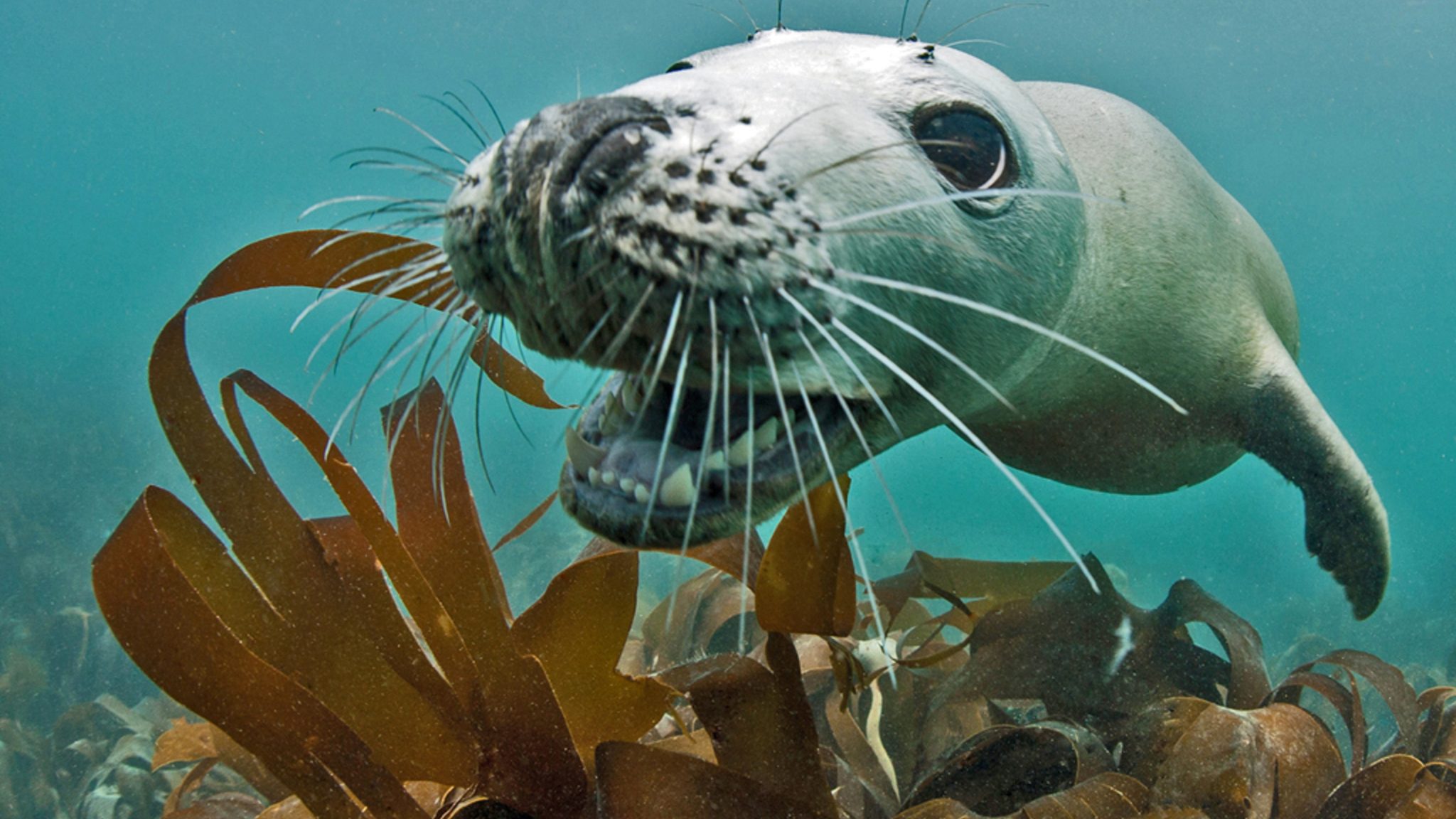
Voted No. 3 on the Top 10 Ultimate British Isles Bucket List by The Independent, these dives offer the closest marine mammal encounter available to divers in the UK. Friendly and playful, respectful divers are often rewarded by incredible interaction with the Lundy Seals.
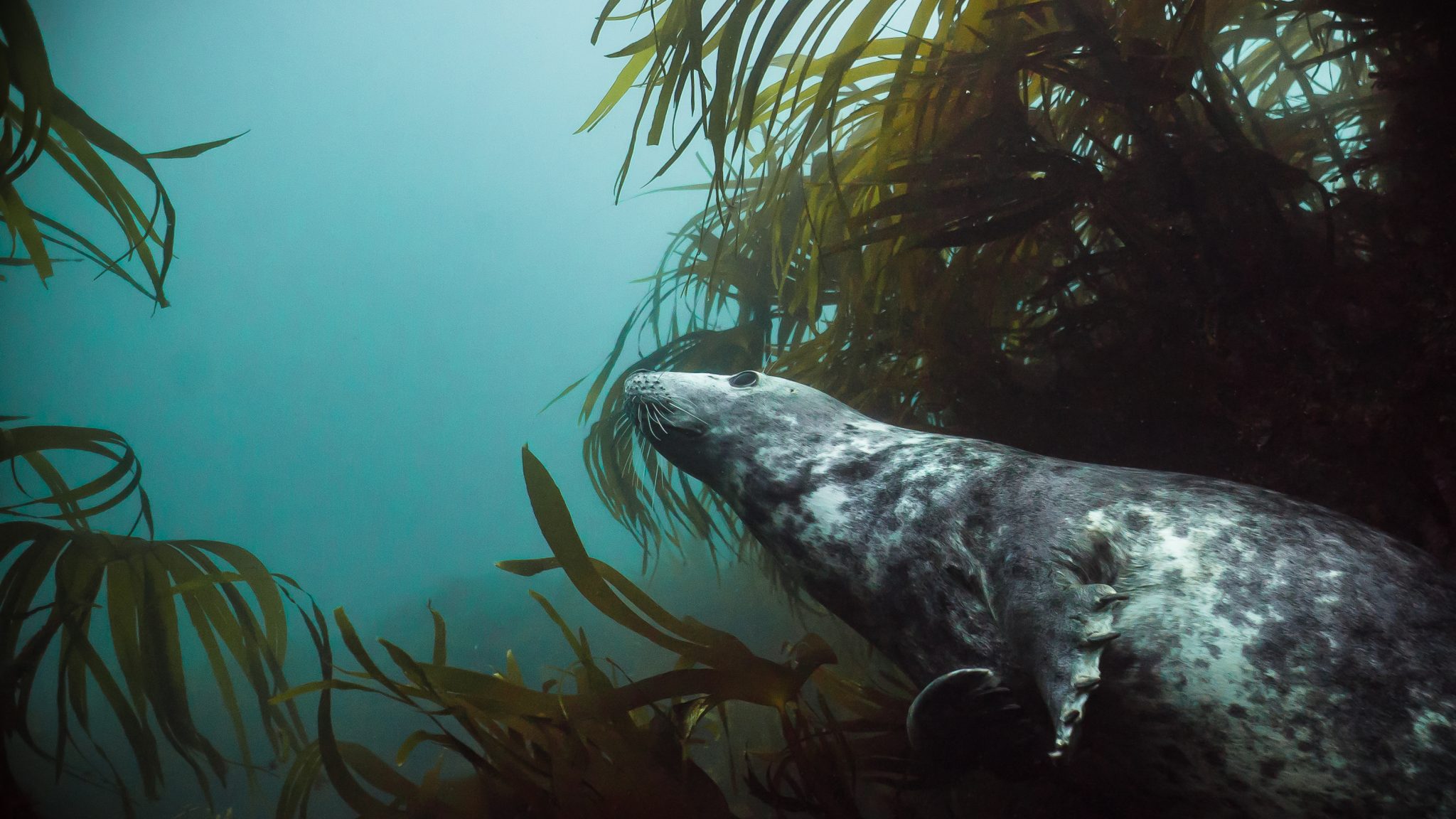
Easy Divers has been running guided dive trips to Lundy for nearly 10 years and offers dive equipment hire if required. Trips depart from the stunning harbour town of Ilfracombe in North Devon and Dolphins are often seen during the boat passage.
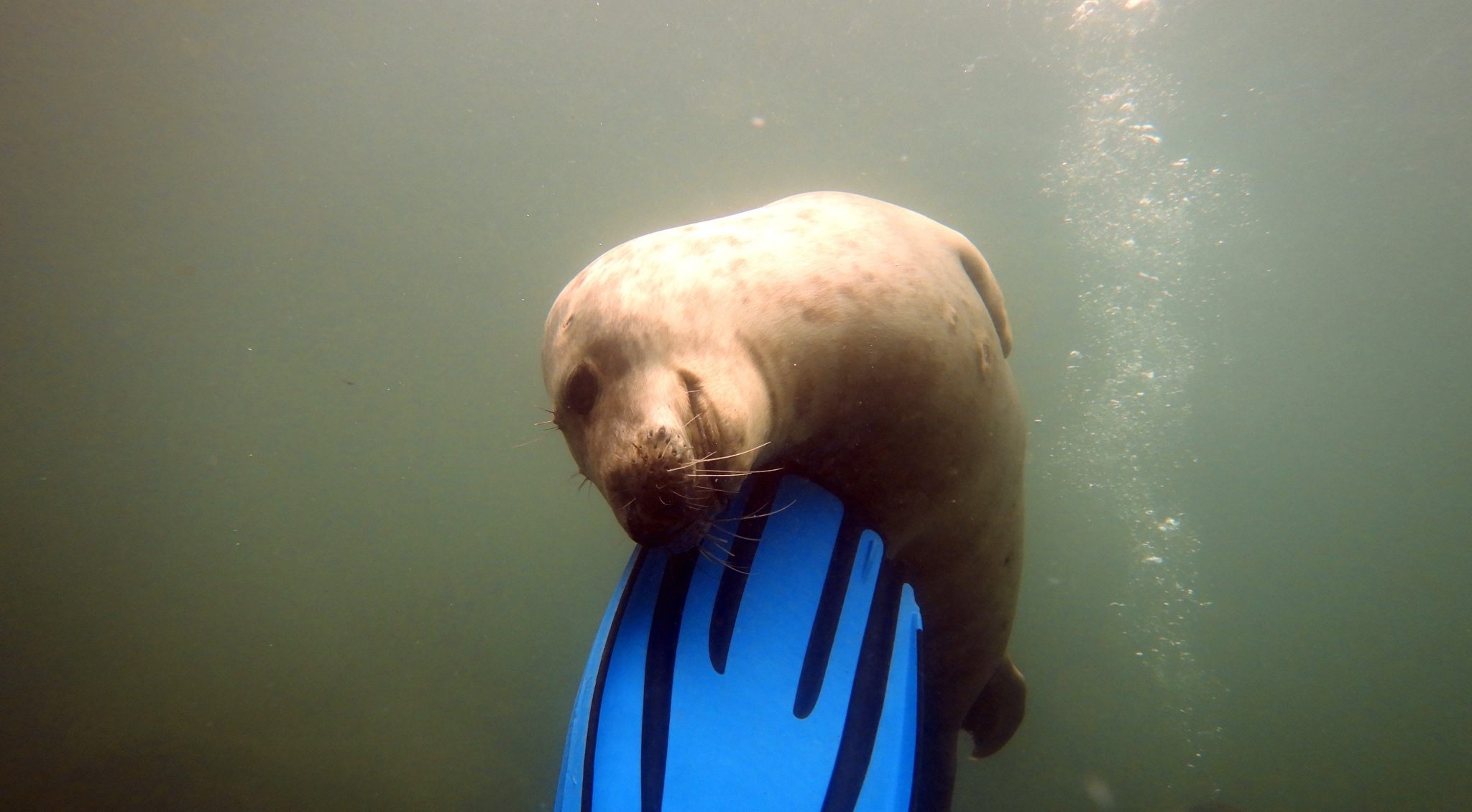
In addition to diving, Ilfracombe is a great base from which to hike the South West Coast Path, dip into surfing at the UK’s first World Surf reserve, enjoy other water sports or head to Exmoor National Park.
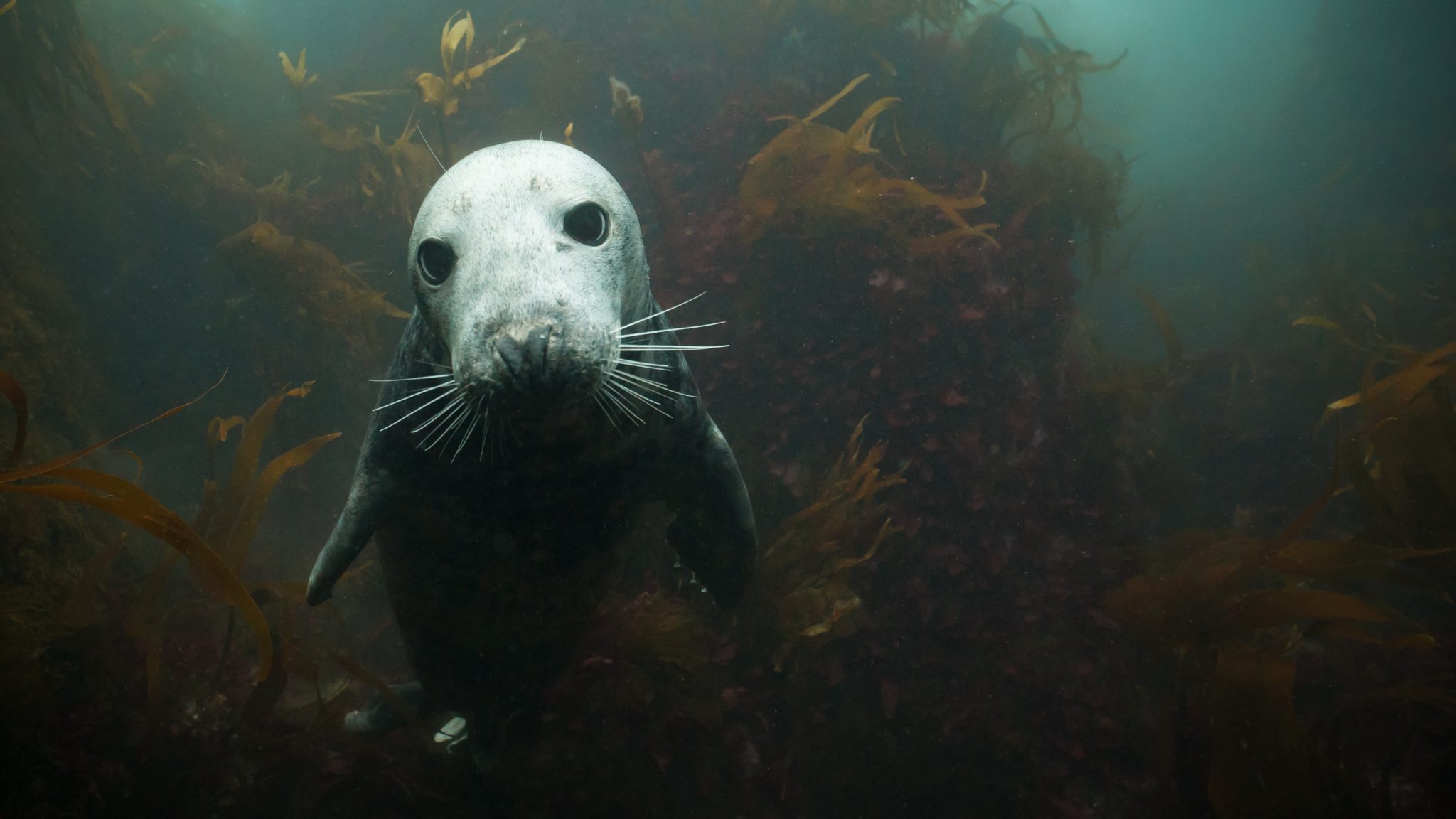
Easy Divers also runs a diver-friendly guest house, with a discount for diving customers and kit rinsing and drying facilities.
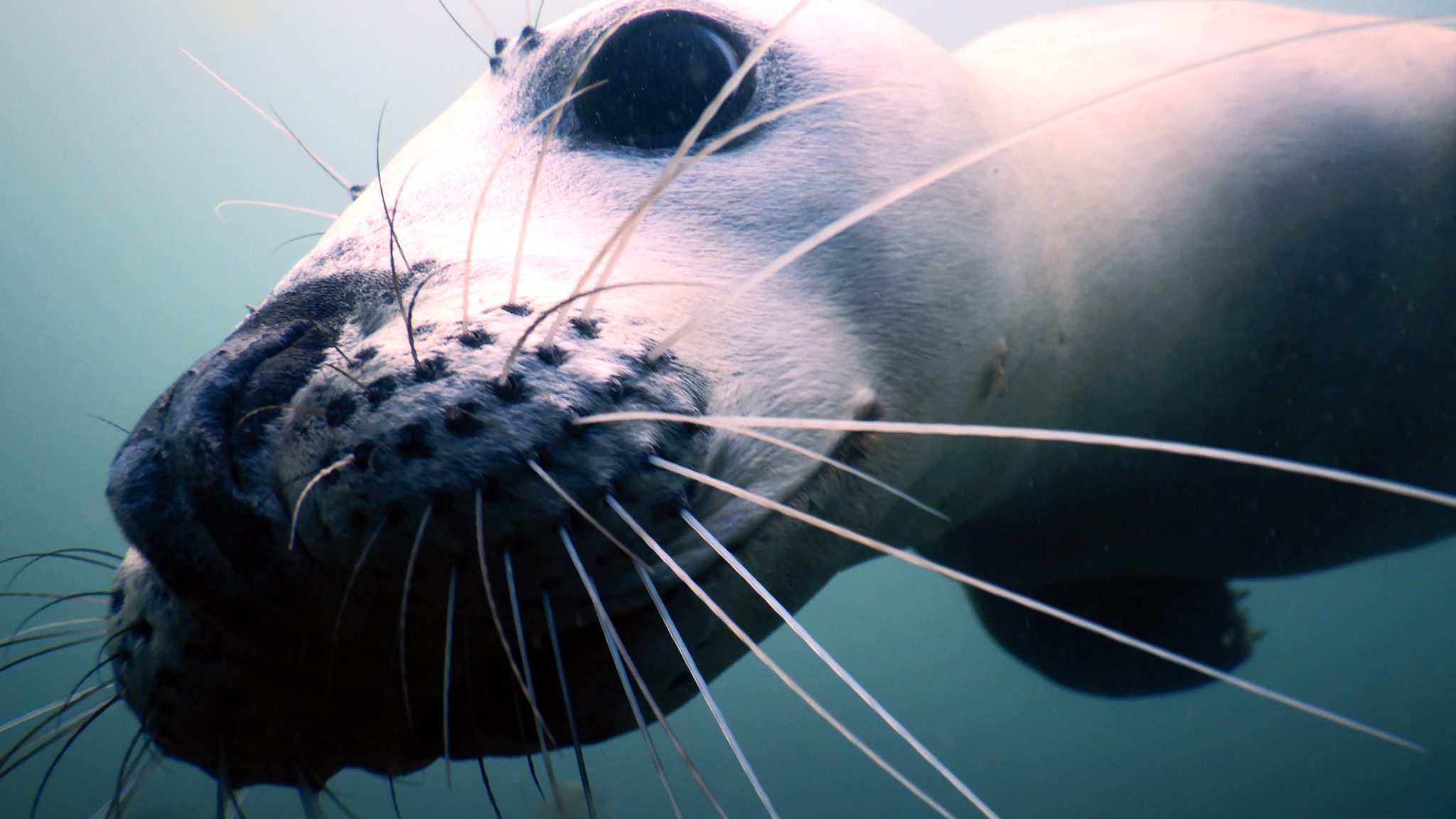
The Seal encounter dive sites are shallow and sheltered and are suitable for divers of all levels, making them a great introduction to British diving.
Exclusive Offer for Scubaverse Subscribers
Use your exclusive Scubaverse discount code scubaverse10% before the end of June and join us for a Seal encounter dive trip to Lundy Island, on any trip date with availability this Summer. Visit https://www.easydiversnorthdevon.co.uk/lundy-dive-trips/seal-encounter-dive-trips/ and enter code scubaverse10% at the on-line check out.
Trips book out well ahead, so book now to avoid disappointment. To save 10% on any 1 night stay at our guest house, please call 07833 020424. We offer free cancellation for divers who book a 1 night stay, if we have to re-schedule due to unsafe weather.
Join us for Britain’s best marine mammal diving experience!
Trips run from end of May to mid-October and are bookable via email at info@easydiversnorthdevon.co.uk, on-line via the Easy Divers website, www.easydiversnorthdevon.co.uk, or call 07833 020424 for more info
-

 Blogs1 month ago
Blogs1 month agoDive Indonesia Part 3: Dive into Lembeh Trip Report
-

 Gear Reviews1 month ago
Gear Reviews1 month agoGEAR REVIEW – Revolutionising Diving Comfort: The Sharkskin T2 Chillproof Suit
-

 News3 months ago
News3 months agoPADI Teams Up with Wellness Brand Neuro to Drive Ocean Change and Create a Blue State of Mind
-

 Blogs3 months ago
Blogs3 months agoMurex Resorts: Passport to Paradise!
-

 Blogs2 months ago
Blogs2 months agoSeagrass Awareness Month brings critical food source for Manatees to centre stage
-

 Marine Life & Conservation3 months ago
Marine Life & Conservation3 months agoSave the Manatee Club launches brand new webcams at Silver Springs State Park, Florida
-

 Blogs2 months ago
Blogs2 months agoSOMABAY: Scubaverse interviews Wolfgang Clausen, General Manager, ORCA Dive Clubs
-

 News3 months ago
News3 months agoDIVE SHOW SPECIAL: Save up to 40% off your next liveaboard with Oyster Diving Holidays


